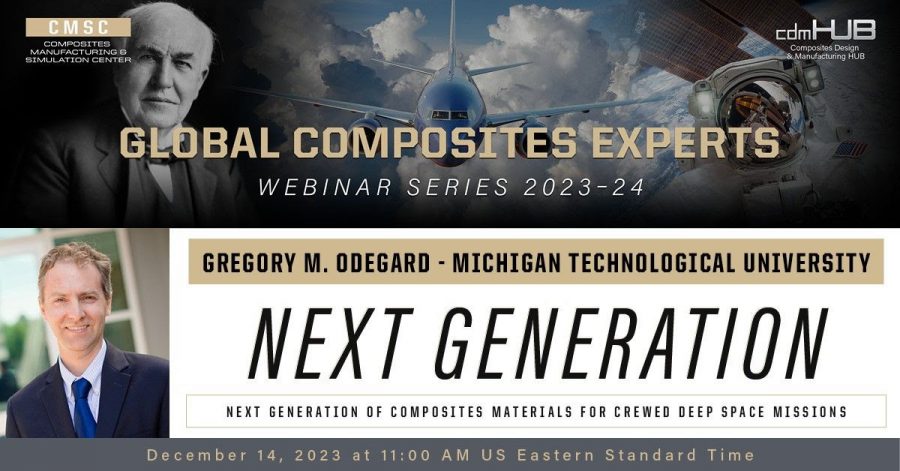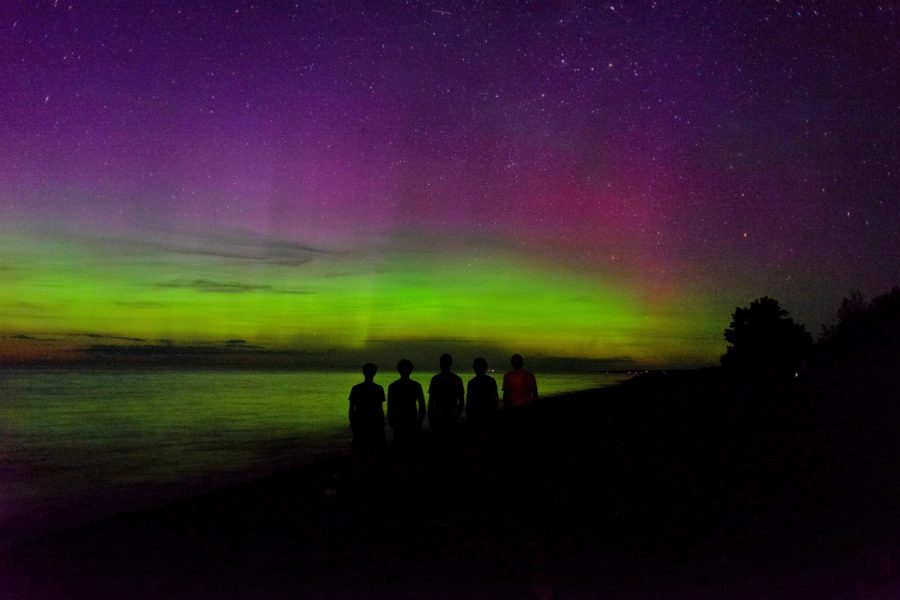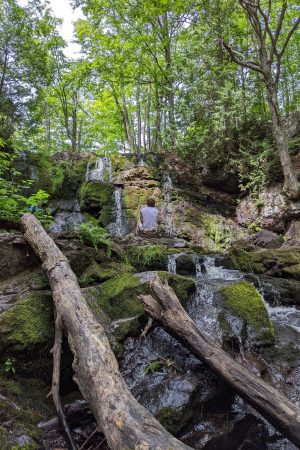Professor Gregory Odegard, with his wealth of experience in guiding large multidisciplinary research teams, is preparing to undertake a promising new research project supported by AFRL. Greg Odegard’s team at Michigan Technological University will work with researchers at Florida State University, Columbia University, and Penn State to develop the next-generation of composite materials for hypersonic aerospace vehicles. These composites will have significantly improved manufacturability and thermo-mechanical performance relative to state-of-the-art composites. The material development will be driven by multi-scale computational modeling.
Greg Odegard is John O. Hallquist Endowed Chair in Computational Mechanics in the Department of Mechanical Engineering–Engineering Mechanics at Michigan Technological University. Before joining Michigan Tech in 2004, Odegard was a researcher at NASA Langley Research Center (2000-2004). He has garnered multiple accolades throughout his career, including the Ralph R. Teetor Educational Award (2011), the Ferdinand P. Beer and E. Russell Johnston Jr. Outstanding New Mechanics Educator Award (2008), and the Michigan Tech Outstanding Graduate Mentor Award (2008). In April 2023, Odegard received the prestigious NASA Outstanding Public Leadership Medal, recognizing the impact of his notable leadership accomplishments on the NASA Mission.
Odegard has authored or co-authored over sixty technical journal articles and four book chapters, and has been involved in over one hundred conference presentations. According to Google Scholar, his publications have been cited over 4,000 times in the technical literature. His research has been funded by NASA, the Air Force Office of Scientific Research, the National Science Foundation, the National Institutes of Health, Mayo Clinic, Southwestern Energy, General Motors, REL, and Titan Tires. As a PI and co-PI, he has been involved in externally funded research projects totaling over $21 million.










